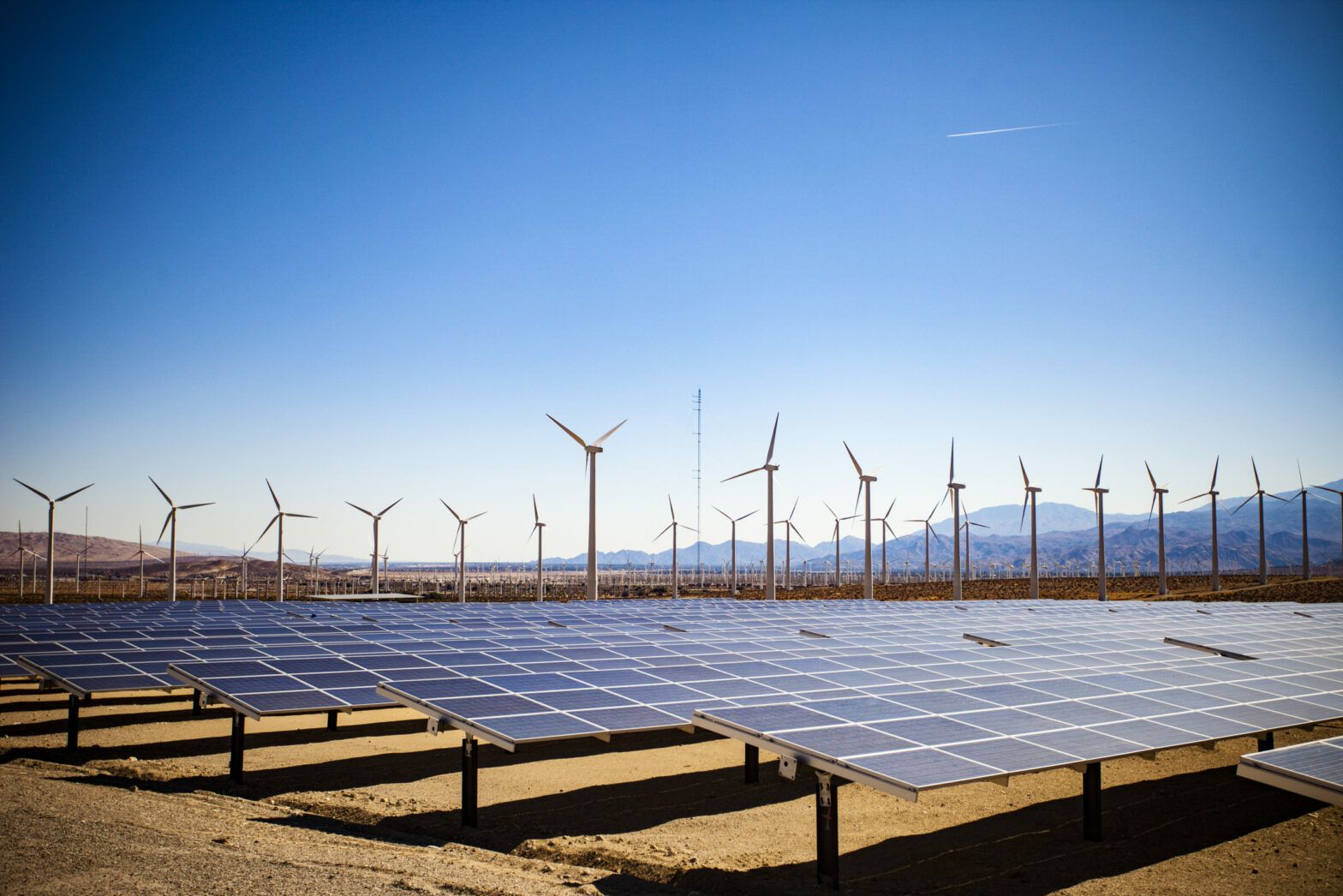As the world’s second largest polluter, the US has not been among the most climate-forward economies
Yet investors may not realise it is one of the leaders in solar energy production. The US trails only China in total installed photovoltaic (PV) solar power, and is also the second fastest growing solar market. In 2019, the US added 13.3GW of capacity to reach a total of about 80GW.
These statistics often surprise non-US investors, given the pro-coal and anti-renewables comments by President Donald Trump, his decision to withdraw the US from the Paris Climate Agreement, and the country once again becoming the world’s top oil producer. As such, environmentally minded investors may be surprised at the scale and depth of renewable investment opportunities.
Undeniable opportunity
The main reason solar has had such resounding success in the US is cost, as well as the success of the federal Investment Tax Credit and, in some states like California, the establishment of aggressive minimum renewable targets for regulated utilities. In its relatively short history, solar energy production has rapidly become cost competitive due to the declining cost of solar panels, the support of the Investment Tax Credit, and the increasing participation of large, mainstream infrastructure investors in the sector. In many states, solar is now the cheapest form of new build energy production and it is even undercutting existing generation in some areas.
As a result, the cost-effectiveness of utility-scale solar plants is steadily increasing. Over the last five years, the levelised cost of energy – the price at which a newly built plant must sell each unit of electricity in order to cover operating costs and make a return – has declined by 13% p.a. on average. This is forcing some uncompetitive older fossil fuel generators to retire.
While the Investment Tax Credit and state-based renewables targets initially helped kick start the adoption of solar, cost competitiveness will allow the US solar industry to keep thriving, even as the 30% federal tax credit is pared down incrementally to 10% by 2022. In sunnier states, solar is already competitive without the subsidy. These factors are driving huge growth in the US utility-scale solar market, with 83.2 GWof utility-scale PV installations forecasted in 2020-2025 – enough to power over 15 million US homes and save over 135 million tonnes of CO2.
Climate conscience
Environmental awareness is also a major factor driving the adoption of solar across the US, with the corporate sector facing increasing pressure from employees, consumers, and investors to reduce emissions.
Support for renewables is also bolstered by the perception fossil fuels are riskier and more volatile – evidenced by the recent oil price swings due to the Covid-19 pandemic. Even before the pandemic, Larry Fink, CEO of Blackrock, the world’s largest asset manager, stated: “Climate change has become a defining factor in companies’ long-term prospects.” He also announced Blackrock would double its ESG-themed ETFs over the next couple of years.
While many businesses are reorienting activities – with oil giants notably committing increasing resource to new energy – going green is an easy way for companies to display a credible commitment to climate goals. As a result, corporate procurement is on track to drive 22% of US utility solar from 2019 to 2024.
Local governments are also responding to the growing importance of climate change considerations among voters, with a large majority of voters surveyed by the Yale Program on Climate Change Communication in favour of investments to mitigate climate change and a ‘Green New Deal’. Most states have implemented renewables subsidies, and some have even committed to 100% renewable or clean energy targets – known as Renewable Portfolio Standards.
For those in leadership positions, the solar industry has the added incentive of being a major employer. There are more than 242,000 solar workers in the US, more than all the fossil fuel producers combined, with solar jobs increasing nearly 160% since 2010. This dimension will become particularly important in the recessionary aftermath of the pandemic.
With increasing support from these stakeholders, investing in US solar offers access to a long runway of revenue. This is reinforced by the nature of energy contracts in the US – whereby large corporates, utilities, municipalities, or institutions typically sign power purchase agreements ranging from ten to 25 years, often for 100% of electricity generated. Moreover, as an essential service, electricity generation is more resilient to even the biggest shocks – such as a global pandemic. These features underpin the resilient and long-term income story from solar generation, at attractive yields.
As the US solar footprint continues to grow, the momentum it acquires will help uphold the climate agenda, with or without the support of the administration. However, further investment is required if the US and the rest of the world are to meet Paris climate goals between 2025 and 2030. PV panels on just 0.6% of the US land would be enough to supply electricity for the whole country, so the potential is certainly there.








